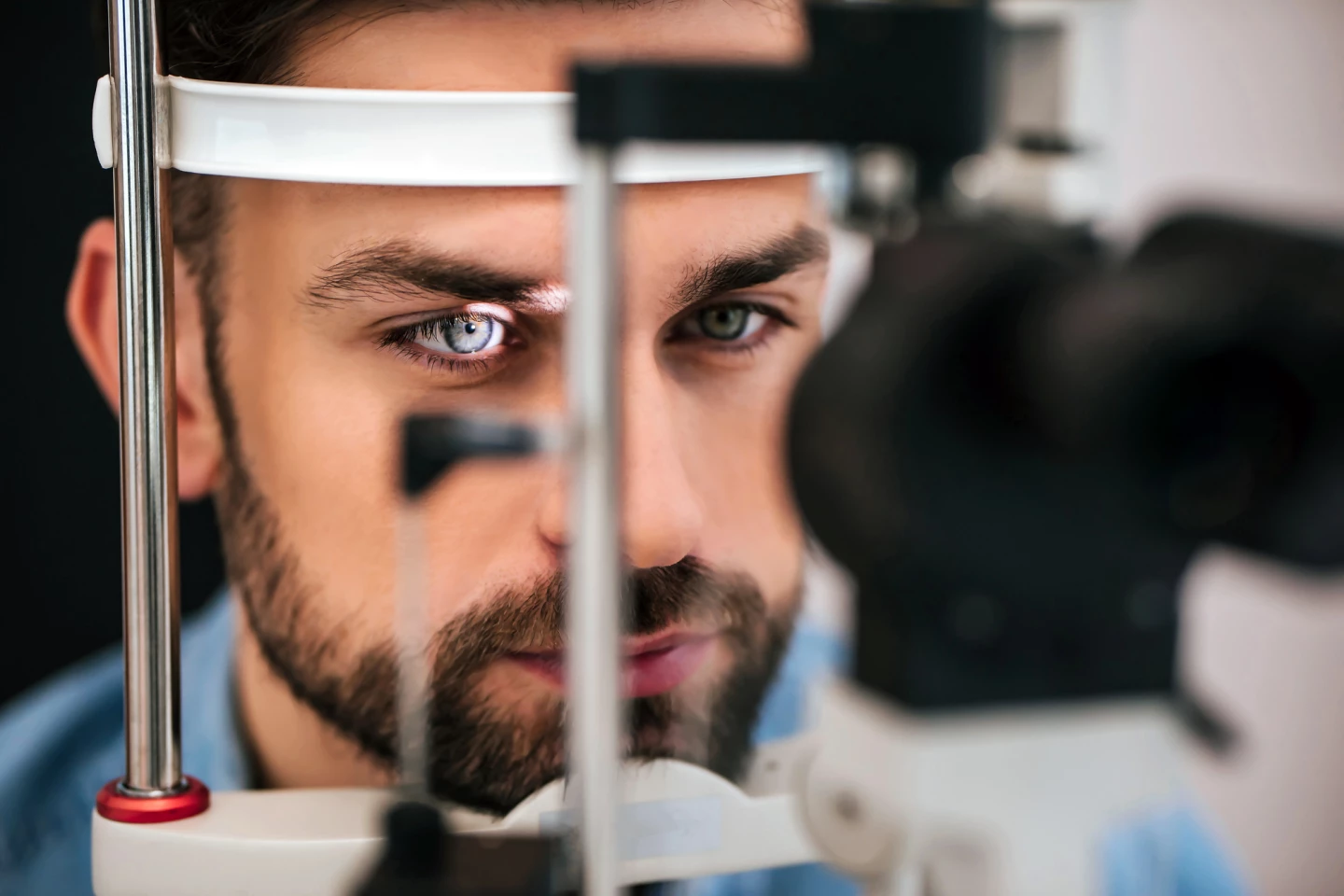High blood sugars have long been known to cause eye damage in diabetics. However, new research has found that low blood sugar may also contribute. The good news is that it also identified a way of preventing or treating the damage.
It’s well-known that hyperglycemia, or high blood sugar, is associated with eye problems in people with type 1 and type 2 diabetes. Consistently high blood sugar levels can damage the small blood vessels in the eyes, which affects the retina, the part of the eye that senses light and sends images to the brain. Over time, this damage can lead to diabetic retinopathy, where these blood vessels leak fluid or bleed, resulting in vision loss.
Now, a new study led by researchers at Johns Hopkins Medicine’s Wilmer Eye Institute has suggested that low blood sugars also contribute to eye damage and vision loss in cases of diabetic retinopathy. They also identify an experimental drug that may help.
“These studies help explain why patients with diabetes who are initially started on tight glucose control, the cornerstone of diabetic management, or those who have high glycemic variability (transient episodes of very low – followed by very high – serum glucose levels) experience worsening of their diabetic eye disease,” said the study’s corresponding author, Akrit Sodhi, MD, PhD, associate professor of ophthalmology at the Johns Hopkins University School of Medicine and the Wilmer Eye Institute.

The researchers conducted their experiments on diabetic mice. They found that low blood sugar, or hypoglycemia, resulted in an accumulation of hypoxia-inducible factor-1⍺ (HIF-1⍺) and HIF-2⍺. Both are transcription factors: proteins that help control the process of turning specific genes on or off. HIF-1⍺ and HIF-2⍺ play a key role in the body’s response to low oxygen levels (hypoxia). When oxygen is scarce, HIF-1⍺ is activated and turns on genes that help cells survive and maintain energy production. HIF-2⍺ has a slightly different role; it influences how cells grow and divide under hypoxic conditions.
When hypoglycemia was induced in diabetic mice, it caused the accumulation of these transcription factors, which triggered the expression of other HIF-dependent proteins. This led to the overgrowth and leakage of blood vessels in the retina, leading, in turn, to irreversible damage and vision loss. Inducing hypoglycemia in non-diabetic mice did not result in higher levels of HIF.
The researchers then tested an experimental drug called 32-134D, which inhibits the HIF-1⍺ and HIF-2⍺ proteins. The drug, injected prior to induced hypoglycemia into the mice’s vitreous humor, the gel-like substance that fills the eyeball, prevented the increased expression of HIF-dependent proteins responsible for causing retinal damage. They say that these findings pave the way for human clinical trials assessing the safety and effectiveness of 32-134D in treating diabetic retinopathy.
“Our findings underscore why therapies targeting HIF will be an effective approach to prevent or treat diabetic retinopathy,” Sodhi said.
The study was published in the journal Science Translational Medicine.
Source: Johns Hopkins Medicine






